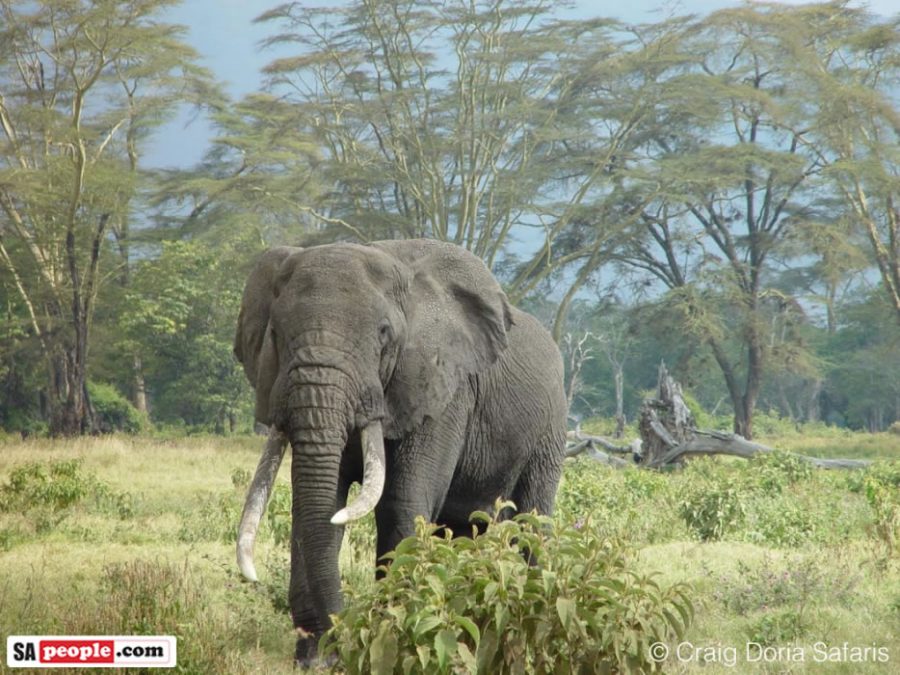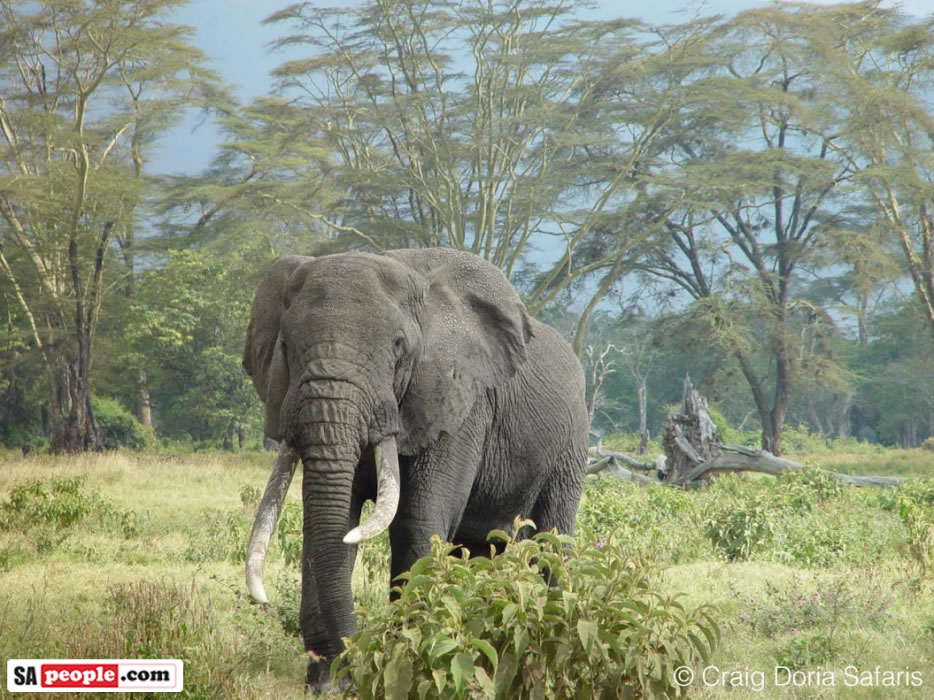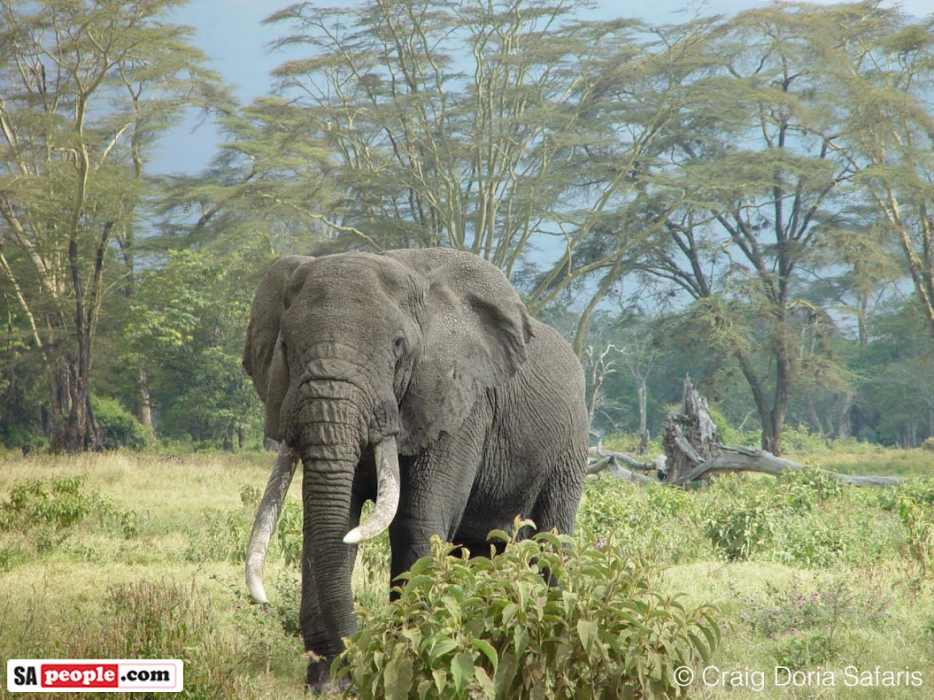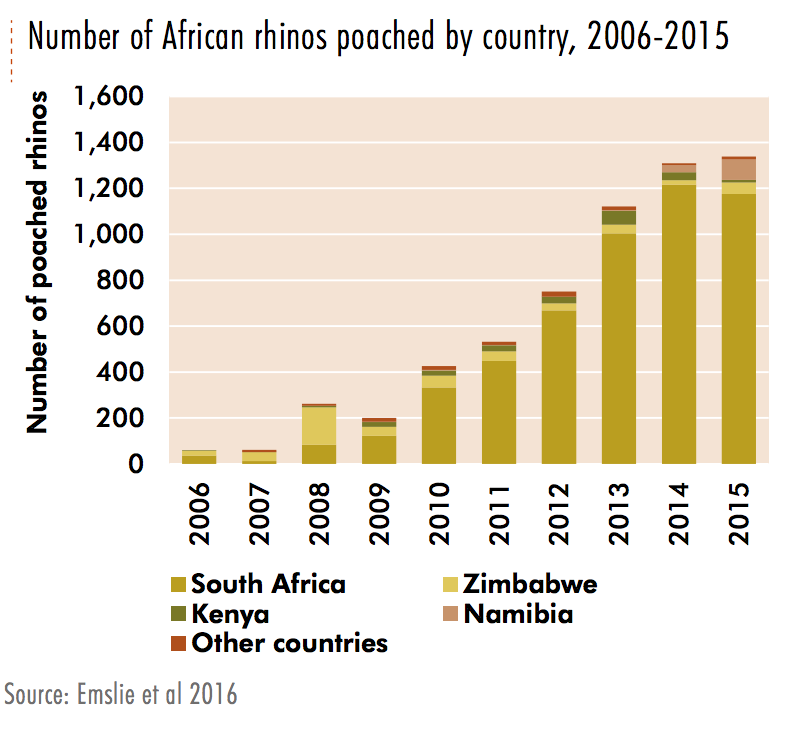
UN Releases First World Wildlife Crime Report
The involvement of international, sophisticated criminal groups in wildlife crime has been confirmed in the World Wildlife Crime Report – the first ever global assessment of wildlife crime, published by the United Nations Office on Drugs and Crime (UNODC). The report shows what a devastating impact corruption has had, and concludes that “trafficking of wildlife is increasingly […]

The involvement of international, sophisticated criminal groups in wildlife crime has been confirmed in the World Wildlife Crime Report – the first ever global assessment of wildlife crime, published by the United Nations Office on Drugs and Crime (UNODC).

The report shows what a devastating impact corruption has had, and concludes that “trafficking of wildlife is increasingly recognised as both a specialised area of organized crime and a significant threat to many plant and animal species.”
One of the ten key findings reveals that wildlife farms, captive breeding operations and some zoos may be involved with laundering illegally acquired wildlife.
The Report features eight main case studies: rhino horn, African elephant ivory, reptile skin, pangolins, live parrots (particularly African Grey), caviar, oud (agarwood) and Rosewood logs.

It also includes reports on Asian big cat skins, apes, freshwater turtles and tortoises, glass eels, marine turtles and bear bile.
The rhino horn case study shows the countries of source (predominantly South Africa) and that the destination countries for our poached rhino horns are, in order of importance: Vietnam, China, Ireland, Czech Republic, United States and Thailand. (The report highlights, amongst other crimes, how Vietnamese traders recruited Czech citizens to conduct pseudo rhino hunts.)

In the foreword UNODC executive director Yury Fedotov says: “There is increasing recognition of the dangers wildlife and forest crime pose not only to the environment but to the rule of law and stability, and of the potential for the criminal proceeds to fuel conflict and terrorism.
“The desperate plight of iconic species at the hands of poachers has deservedly captured the world’s attention, and none too soon.”
The findings implicate the use of legal trade loopholes and reveal that fake permits have been used, and that customs agents form the front line since most enforcement activities occur at ports of entry.
“wildlife farms, captive breeding operations and some zoos may be involved with laundering illegally acquired wildlife”
The report says illegally sourced wildlife is often retailed through illegal and legal outlets… with the legal giving criminals access to a far larger consumer base.
The problem is global and transcontinental with sophisticated criminals who know no borders and can outwit national law enforcers; and so it requires the international community to get involved and cooperate with each other.
Fedotov says: “We must stop the plundering or risk irreparable loss of our planet’s precious biodiversity. I urge all governments to make full use of this report and the support UNODC provides to take decisive steps towards ending this crime.”
The World Wildlife Crime Report offers solutions, including:
- Illegal trade could be reduced if each country were to prohibit, under national law, the possession of wildlife that was illegally harvested in, or illegally traded from, anywhere else in the world.
- Domestic environmental laws should be expanded to provide protection to wildlife from other parts of the world.
- Commercial traceability mechanisms should be strengthened to ensure supply chain integrity from source to destination markets.
- Profiling and targeting mechanisms for suspicious shipments and persons should be further mobilized to improve risk management systems and promote their active use.
- The increased use of wildlife forensic science can contribute to the identification of species and the design of targeted law enforcement responses.
- Good stockpile management practices can help prevent leakage of stores into illicit markets.
- The international community should support the establishment of new protected areas in order to address habitat loss.
- Implementing measures to prevent and combat corruption among rangers, wildlife investigators, and other relevant officials would help reduce illegal harvesting and trade.
- Where public servants are implicated in facilitating trafficking, the United Nations Convention on Corruption should be utilized.
Read the full report here.